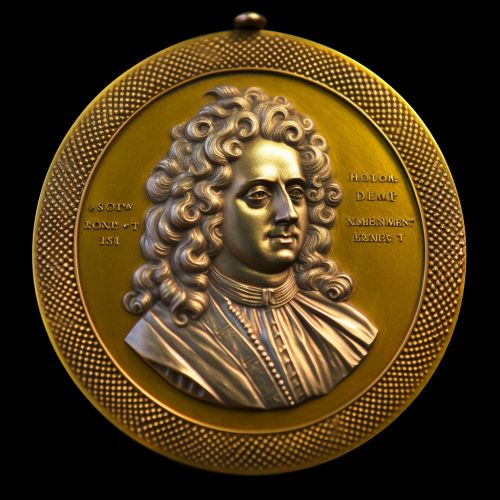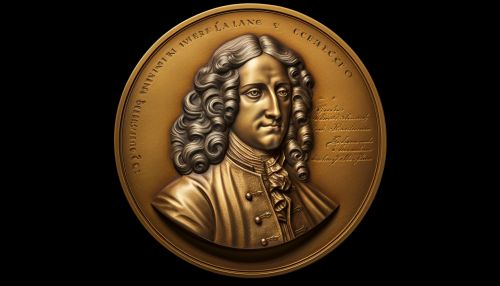Newton Medal
Overview
The Newton Medal is an award given annually by the Institute of Physics (IOP) to individuals who have made significant contributions to the field of physics. Named after the renowned physicist Sir Isaac Newton, the medal was first awarded in 2008 and is considered one of the highest honours in the scientific community.


History
The Newton Medal was established by the IOP in 2007 with the intent of recognising outstanding contributions to physics, irrespective of the researcher's country of origin. The first medal was awarded in 2008 to the theoretical physicist, Professor Edward Witten, for his work in string theory.
Criteria
The Newton Medal is awarded based on a rigorous selection process. The IOP's selection committee reviews nominations from the scientific community and the general public. The nominees' contributions to the field of physics are evaluated based on their originality, innovation, impact, and breadth of influence. The award is not restricted to any specific area of physics, and recipients have come from diverse fields such as quantum physics, astrophysics, and condensed matter physics.
Recipients
Over the years, the Newton Medal has been awarded to many distinguished physicists. Some notable recipients include:
- Edward Witten (2008): For his contributions to string theory.
- Alan Guth (2009): For his work on the theory of cosmic inflation.
- John Pendry (2013): For his research in metamaterials and the creation of the first practical "invisibility cloak".
- Stephen Hawking (2016): For his work on black holes and the Big Bang theory.
Significance
The Newton Medal is widely regarded as one of the most prestigious awards in the field of physics. It not only recognises the recipients' significant contributions to their respective fields, but also their impact on the broader scientific community and society. The medal serves as an inspiration to aspiring physicists and a testament to the importance of scientific research.
